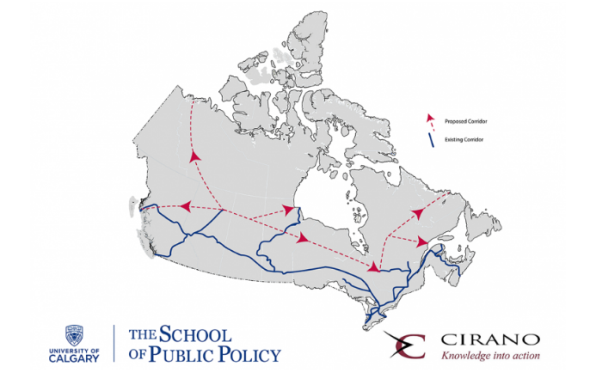
This speech was given at the Canadian Business History Association Conference at the Rotman School of Management, University of Toronto on September 12, 2017.
Good morning everyone.
For over 150 years the strategic mining sector has played a major role in the economic development of Canada as well as opening up many parts of the country’s isolated north for settlement. It also helped solidify our western and northern borders during the first few decades of Canada’s existence at a time of threatening American expansion.
British Columbia Gold Rush
In 1848, placer gold – which refers to the metal found in rivers and streams – was discovered in California. This was the first of a series of gold rushes throughout the world over the next 80 years.

Fortunately, when these placer gold deposits started to decline by 1858, a similar discovery was made hundreds of miles to the north at the mouth of the Fraser River, in a territory known as New Caledonia.
At that time, this region was controlled by the Hudson Bay Company and the colony of Vancouver Island was ruled by Governor James Douglas who was based in Victoria. He was fearful that an influx of about 30,000 miners, many from California, would cause the territory to be annexed by the Americans.

























